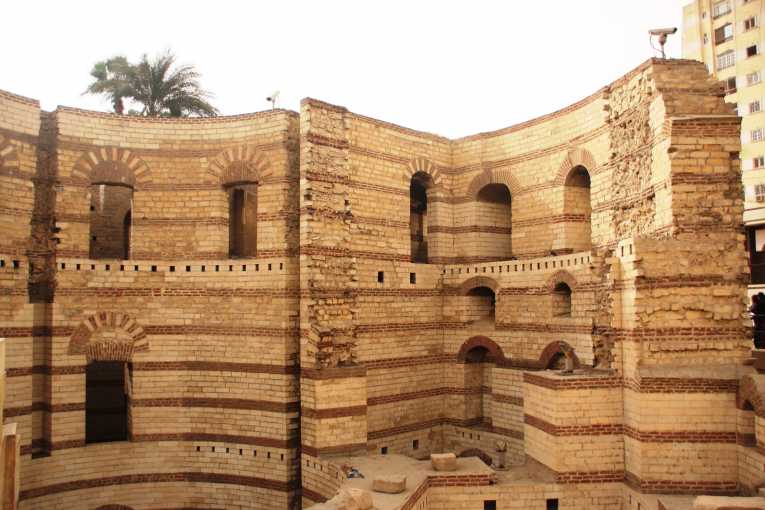About 90 kilometers south of Baghdad are found the magnificent ruins of Babylon, the former city-state of ancient Mesopotamia. Most of us are familiar with the 'Hanging Gardens' of Babylon that is counted among the Seven Wonders of the Ancient World.
The prophet Jeremiah has called this “a gold cup in the Lord's hands, a cup that made the whole earth drunk.” These centuries' old ruins were rediscovered by Robert Koldeway a German archaeologist, at the end of the 19th century. Babylon is also famous for the Ishtar Gate, now housed in the Pergamon Museum in Berlin.
Erosion and war
In recent times war and conflict with natural ravagers like the high water table in the area has also left their mark on these ruins. But now that's all set to be made right again. Archaeologists and preservationists from the New York based World Monuments Fund are working in conjunction with the with Iraq's State Board of Antiquities and Heritage to draft a conservation plan and protect these historically rich ruins from further deterioration and protect it from the ravages of thieves and time. Starting the restoration work will include training the members of the Iraq's State Board of Antiquities and Heritagein digital scanning.
This will help analyze and identify the essential conservation projects. Plans also include creating plans for planning for tourism management. Erosion has been a major source of decay but much of the civilization lies buried under mounds of earth which have to be dug up and examined.
Fuel growth
They are also working to repair some of the damages inflicted by Saddam Hussein who while rebuilding the city on the remains of the ruins had his name inscribed on many bricks in the style of Nebuchadnezzar. Plans and reconstructed drawings on many of Babylon's principal buildings created by German archaeologists before the First World War give some idea about the original buildings. This project is among the most ambitious work Iraq has undertaken in recent years. This underlines the importance of the city. Iraqi officials also hope that one day the restored site will bring in scientists and tourists who will add to the county's economy besides oil.










